Satellite booths prove the new normal at Art Basel Hong Kong
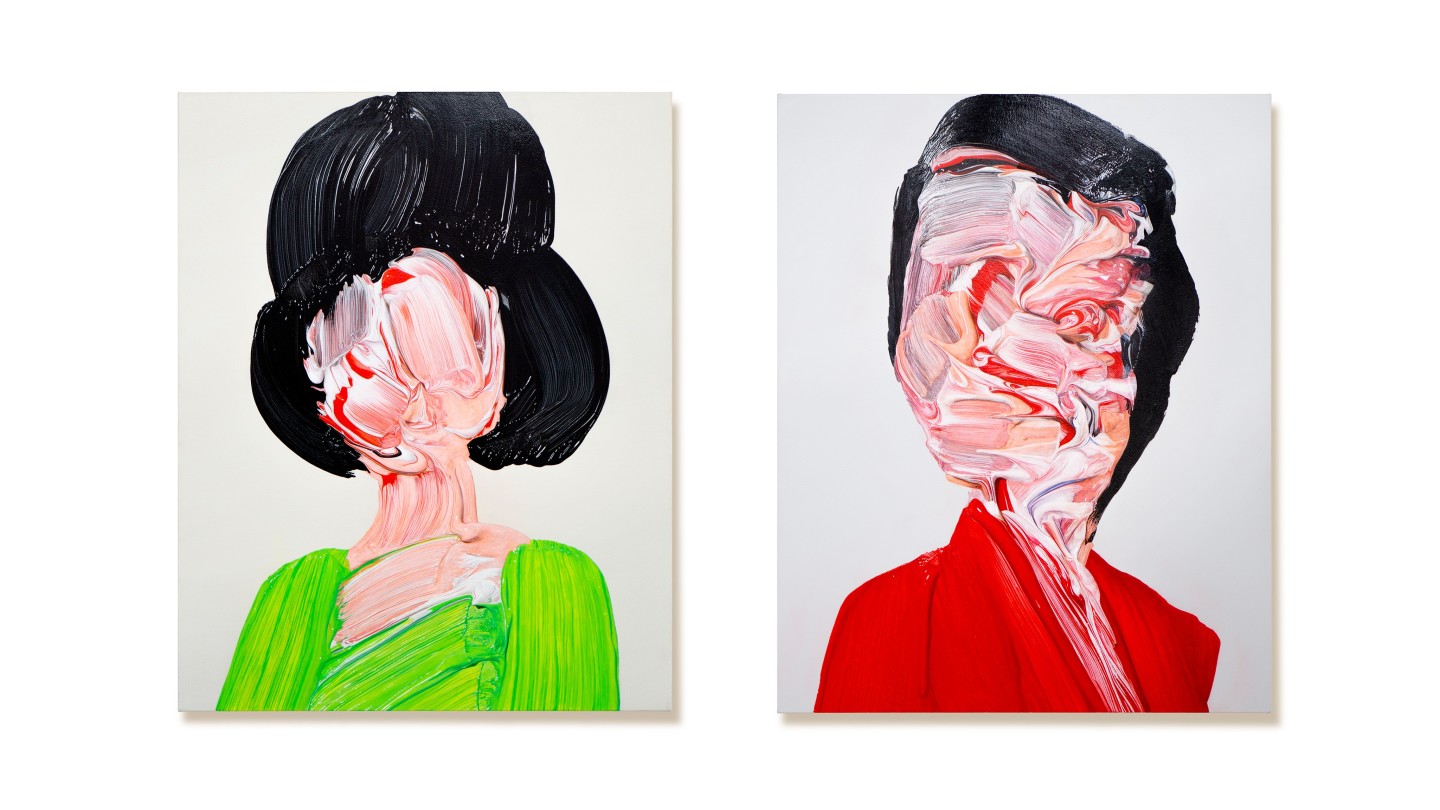
Roula Khalaf, Editor of the FT, selects her favourite stories in this weekly newsletter.
When Art Basel Hong Kong opens on May 25, it will have a healthy turnout — 130 galleries from around the world, up from the 104 last year. It is a far cry from the 250 exhibitors seen on the Convention Centre’s floors in the years before the pandemic but is, in the new normal, impressive.
Unlike the other big-brand fairs, though, more than half of Art Basel’s exhibitors are showing remotely, thanks to stringent Covid-19 restrictions. In what have been dubbed “satellite booths”, first trialled last year, the galleries’ art has made it to Hong Kong, but their staff have not, put off by a week’s quarantine and requirements for on-the-ground testing. The fair gives each of them a point person to stay on the stand, answer visitor questions and, potentially, do some selling.
Phillida Reid, co-founder of Southard Reid, which is presenting a remote booth, says that “the process has been excellent, I’ve felt no sense of concern at all” — but she concedes that the satellite stand was a Plan B. “This is still a relationship business and it is easier to connect closer in person.”
Even so, she took the possibility into account when planning her booth, deciding to show recent “Surveillance” paintings by Celia Hempton, works that take their subject from footage available on an online directory of live security-camera streams. Each painting’s title records the specific date and place of the original stream (price range $10,000-$12,000). “They are relatively easy to understand and quickly grab people’s attention,” Reid says.
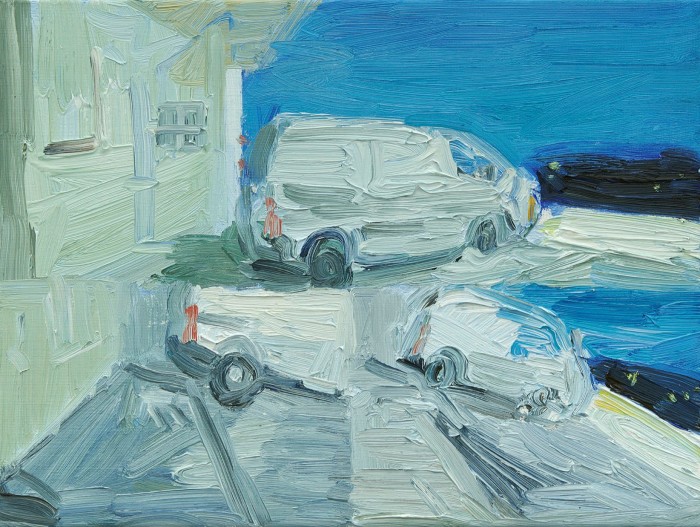
Can an art fair really be hybrid? These temporary gatherings of hundreds of galleries, thousands of visitors and even more works of art have long relied on the in-person buzz that keeps the art market’s wheels turning. “Our worlds could not be more different,” says Adeline Ooi, director of Art Basel Hong Kong, referring to the lack of restrictions on western art fairs versus Asia’s. “It’s complicated in 2022, but it’s nothing new now. And we’ve got more galleries coming this year. Everyone seems to have thought, ‘Let’s just get on with life, let’s go.’”
Ooi notes that the fair has beefed up its “show experience assistants”, about 25 staffers trained to walk virtual visitors through the fair. Most have experience from last year’s initial hybrid event, Ooi says. Not everything has come back for 2022: the fair trialled beaming in gallerists via holograms last time, but that is not the plan now. Organisers have worked on making the remote user experience as smooth as possible. “If something took five clicks, we’ve been asking, can it be one?” Ooi says.
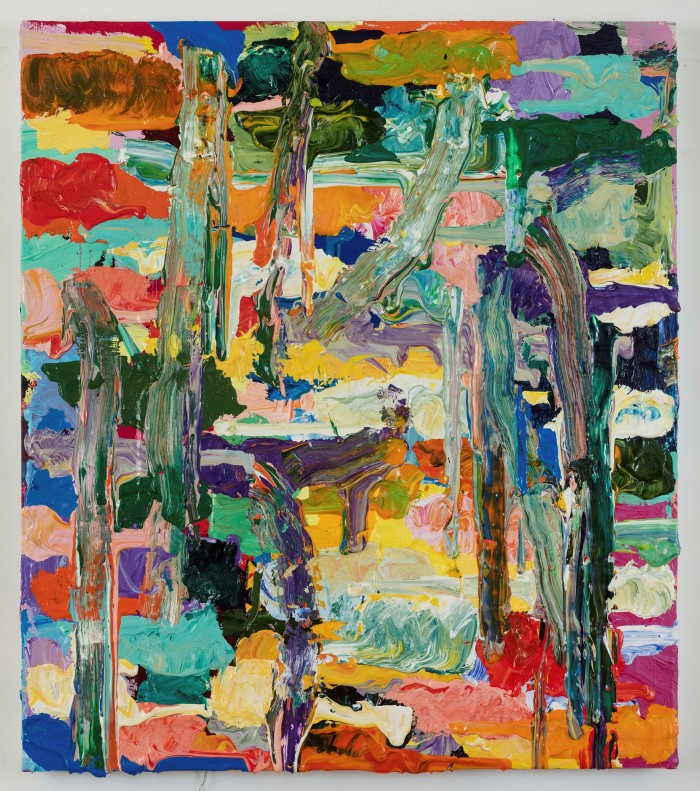
Although in Hong Kong social distancing rules have been relaxed and travellers’ quarantine has been reduced from three weeks to one, this is still not enough to persuade most galleries to send over international staff. Also in Hong Kong’s favour is that the wider art market is moving east and the fair, the most prestigious in Asia, opens on the back of strong auction and gallery sales this season. The long-awaited opening of the vast M+ museum in West Kowloon in November is another boost for the region.
“The mood is very upbeat here,” says Edouard Malingue, co-founder of Kiang Malingue gallery, which recently expanded its space in the Aberdeen district. “Even a year ago, when I was a bit worried, Art Basel Hong Kong 2021 turned out to be our best one ever. We sold more than we had on the booth, including via WhatsApp or WeChat.”
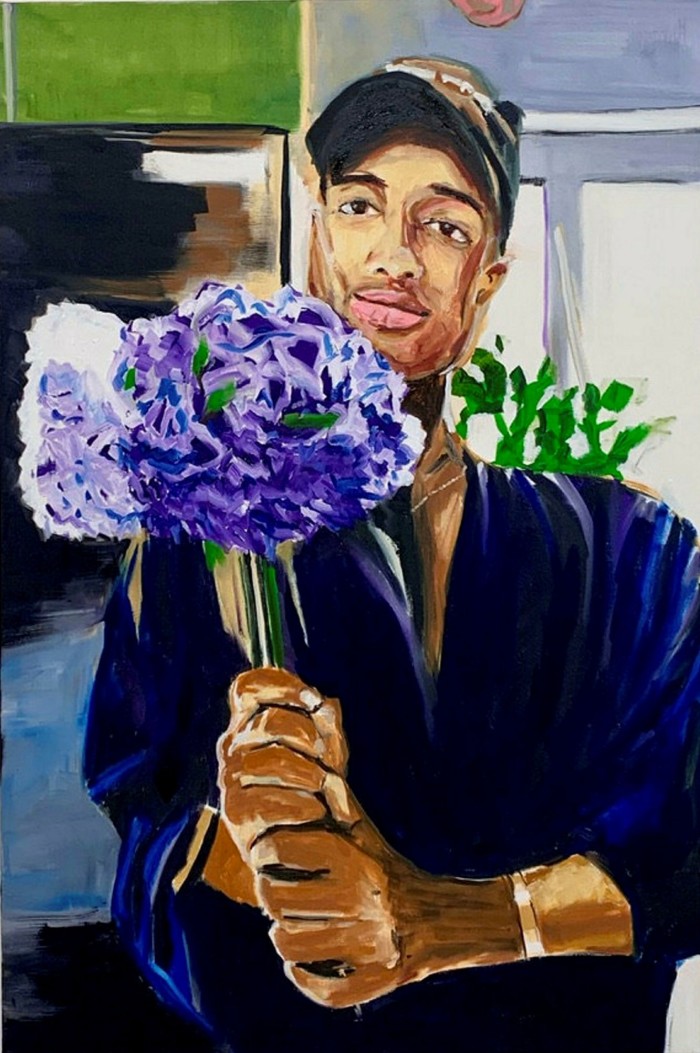
Malingue describes himself as “quite confident” about the fair this year, and says he has heard from overseas clients who plan to visit in person. His gallery brings a mixed booth of about 30 works (price range $4,000-$180,000). Among the highlights is a video by Hong Kong’s Ellen Pau, who has also made a moving-image work for the facade of M+, co-commissioned by the museum and Art Basel, that will run every evening between May 20 and June 19.
The many international galleries with Hong Kong outposts already have people who can represent them at the fair — though in most cases gallery founders are staying away. Local gallerist Pearl Lam has chosen not to be in the fair in person — she is living in London because of the Covid-19 restrictions. Her Pedder Building gallery remains in full force, though, and opens with a show of the Beijing-based painter Ma Kelu this week (May 24-July 30). Ma, a key member of China’s avant-garde No Name Group in the 1970s, also anchors the gallery’s mixed booth of artists at Art Basel Hong Kong (range $8,000-$300,000). “We have western art too, but we want to show the evolution of Chinese contemporary art, in the gallery and in our art fair booth,” Lam says.
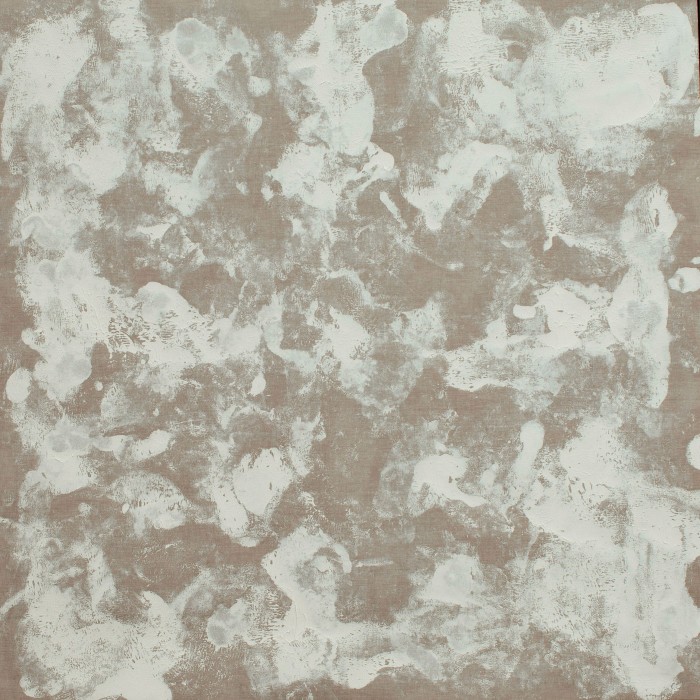
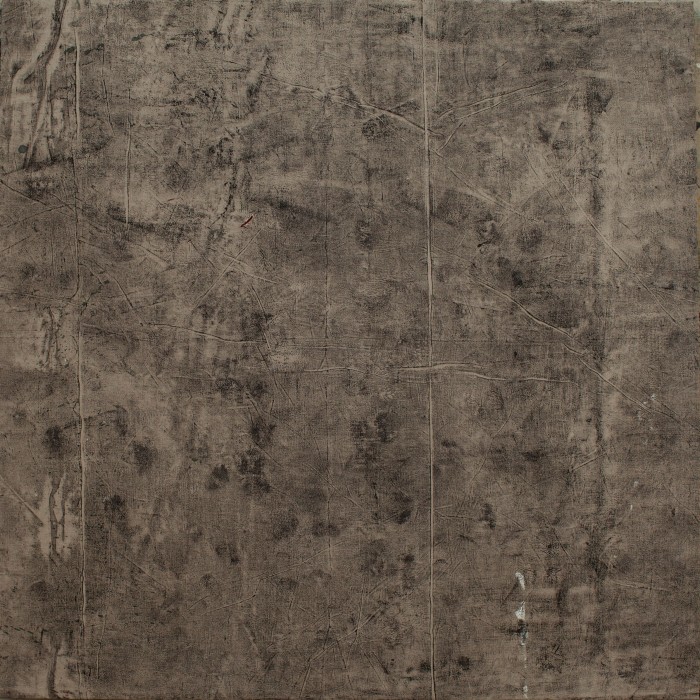
She has her own staff to run her Art Basel stand, but says it has not been without its challenges. “We didn’t even know if the fair would happen. It was initially in March, then it got postponed, then shipments became more difficult — five times more expensive. Everything was so unsure,” Lam says.
Ooi acknowledges that shipping costs and delays, exacerbated by Russia’s invasion of Ukraine, have been problematic for the Hong Kong fair but, she says, it struck a deal with handlers for any gallerists who had already shipped in works for March to store them free of charge until the fair’s postponed date. Some spaces have been forced to be creative — Ooi notes that Shanghai’s Bank gallery couldn’t get the works they had originally wanted to the fair, so have a booth offering non-fungible tokens instead.
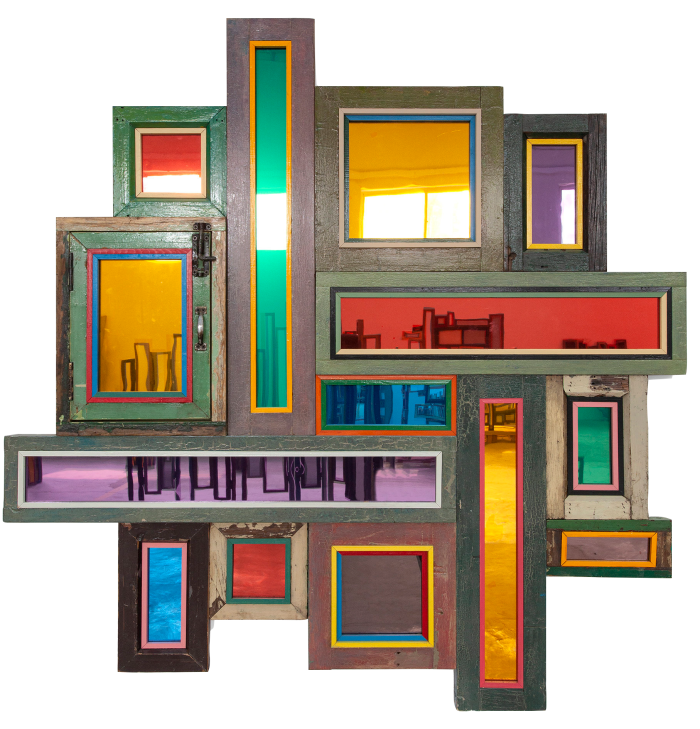
Lam also tried to think outside the box. “I couldn’t be there, so I wanted to bring a robot of me,” she says — one that would even replicate her distinctive purple hair. Alas, there wasn’t time to organise a cloned Pearl Lam, but the pandemic has kept the original in inventive mode. Longer-term, she wonders whether hybrid will replace purely in-person: “Covid has been really unlucky for Art Basel, and a nightmare for Hong Kong. But once the rules get lifted everywhere, maybe there will be a new way of operating.” For now, Lam says, “a hybrid fair works because there is no choice.”
May 25-29, artbasel.com
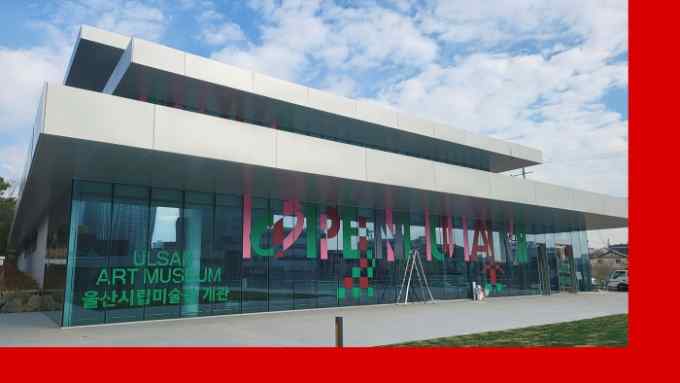
Comments